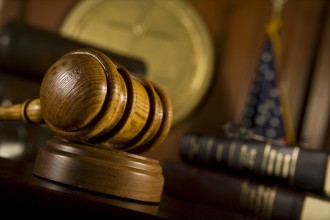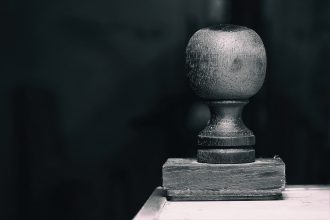
June 18, 2020
A Helpful Guide to Ribbon Copies, Certified Patents, Patent Plaques, and More
Anyone with an internet connection and a printer can download and print any U.S. patent from the USPTO, Google Patents, or other sources. When it comes to special physical copies, however, patent owners may understandably be unfamiliar with their purpose, how to treat them, and how to obtain them. These special physical copies include:
- Ribbon Copies
- Duplicate Ribbon Copies
- Certified Copies
- Additional Patent Copies
- Presentation Copies
- Patent Plaques
- Certificates of Correction and Gold Seal Certificates of Correction
If you are a patent owner, there is a good chance that you already have at least one physical copy — the Ribbon Copy. This is because the USPTO sends the patent owner a Ribbon Copy for “free” upon issuance of the patent. As the trend toward paperless continues, you may be tempted to dismiss Ribbon Copies as dust collectors or souvenirs to hand out.
Think twice. As described below, a Ribbon Copy has significant value during trial and replacing it is difficult. You should store your Ribbon Copies in a safe location.
In addition to the Ribbon Copy, this guide summarizes other types of physical copies, their benefits, and how to obtain them.
Ribbon Copies
After you pay the issue fee in an allowed patent application, the USPTO issues a patent on a subsequent Tuesday and mails out a Ribbon Copy. The Ribbon Copy is also referred to by the more formalistic name of Original Letters Patent.
Although the word “Ribbon” would suggest there is an actual ribbon binding the patent copy, the USPTO has not actually bound Ribbon Copies with a ribbon since 1985. The Ribbon Copy is printed on cardstock and wrapped with a cardstock cover that includes a gold seal (see example below). It has an ornate and official appearance that lends itself to jury presentations. It is also self-authenticating at trial.
The patent owner should consider keeping their Ribbon Copy in a safe, identifiable location (like a locking file cabinet) and not circulating it among anyone (even inventors) for display. This is due to the cost and difficulty of obtaining a replacement (see next section on Duplicate Ribbon Copies). Further, the patent owner should document the storage process and maintain an inventory of Ribbon Copies to help in the event of a loss (for example, a fire or flood).
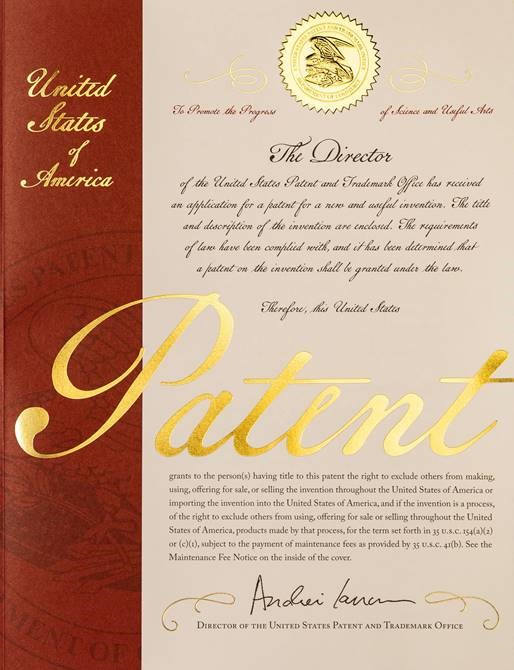
Figure 1: Ribbon Copy (U.S. Patent Nos. 10,000,000 and up)
From 1985 until Patent No. 10,000,000, the Ribbon Copy looked different (see example below) and actually included two small lengths of ribbon, but is otherwise no different from present Ribbon Copies.
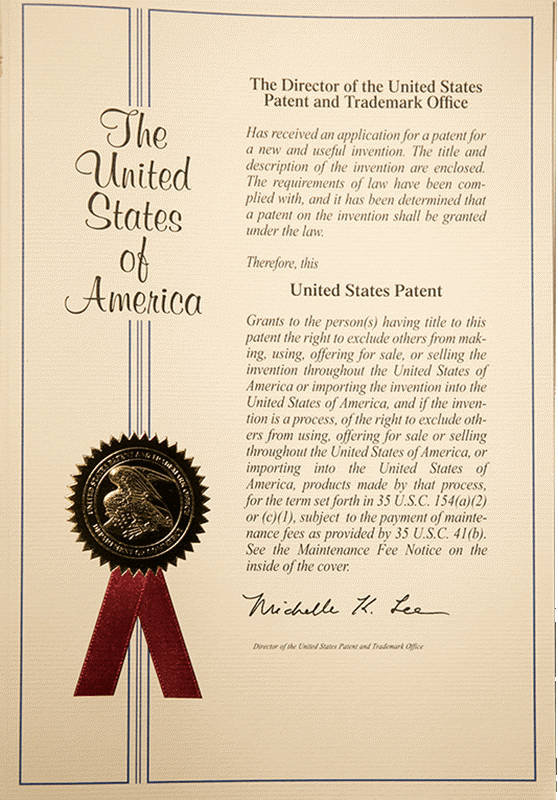
Figure 2: Ribbon Copy (1985-2018)
Duplicate Ribbon Copies
A duplicate Ribbon Copy (also called a duplicate letters patent) is the same as the original Ribbon Copy and may be obtained if the original Ribbon Copy is lost or destroyed. Obtaining a duplicate Ribbon Copy requires filing a petition under 37 CFR 1.182 and paying a fee under 37 CFR 1.17(f), which is currently $400 (discounts for small or micro entities are available). The petition should lay out the circumstances surrounding the loss, destruction, theft, etc. of the original Ribbon Copy.
From reviewing prior petitions, it appears that if the original Ribbon Copy was not received, the petition may be submitted under 37 CFR 1.181 without a fee. However, this petition must include evidence of the non-receipt at the address of record, such as a record of received mail demonstrating the absence of the original Ribbon Copy.
Duplicate copies are mentioned on the USPTO website, which suggests contacting the Office of Petitions at 571.272.3282 for more details.
Certified Copies
A certified copy of patent is mostly an electronic printout of the patent PDF on regular paper, but with two distinctions. First, the certified copy includes a front cover sheet with a gold seal and ink signature (example below). Second, the certified copy includes a footer on every page to show it was printed by the USPTO. These features make certified copies self-authenticating at trial, just like Ribbon Copies and Duplicate Ribbon Copies.
Certified copies may be ordered through the USPTO’s Certified Copy Center. At only $25 per copy, a certified copy is a less expensive option to obtain a self-authenticating copy with an official appearance in the event that the Ribbon Copy is not available.

Figure 3: Cover sheet for a Certified Copy
Additional Patent Copies
When paying the issue fee for a patent, the patent owner may order additional copies of the patent to be mailed along with their Ribbon Copy. The additional copies are only $3 each.
The additional copies are not ornate like the Ribbon Copy, though. They are simply double-sided printouts of the patent PDF that are stapled on the left side, which anyone with access to the internet and a duplex printer can print on their own. As one example, patent PDFs are available from the USPTO’s Patent Full Text and Image Database for downloading and printing.
Presentation Copies
Also referred to as a “Presentation Patent,” a Presentation Copy is the first page of an issued patent printed on 24 lb. cardstock. It includes a certified signature in ink, a gold seal, and a blue ribbon (see example below). The Presentation Copy is ideal for framing, gifting to an inventor, or publicly displaying at an office. It also removes the need to cannibalize the Ribbon Copy for creating such a gift or display.
Despite its presentation value, the fact that a Presentation Copy includes only the patent’s first page means it is not well suited for use at trial or other legal purposes.
Presentation Copies cost $25 each and can be ordered through the USPTO’s Certified Copy Center.

Figure 4: Presentation Copy
Patent Plaques
Patent plaques are available in a wide array of options from many third parties (they are not available from the USPTO) and are an excellent choice for gifting to inventors or public display. They are generally a more attractive alternative than ordering and framing a Presentation Copy.
One example style of patent plaque, from Patentplaques.com, is provided here:
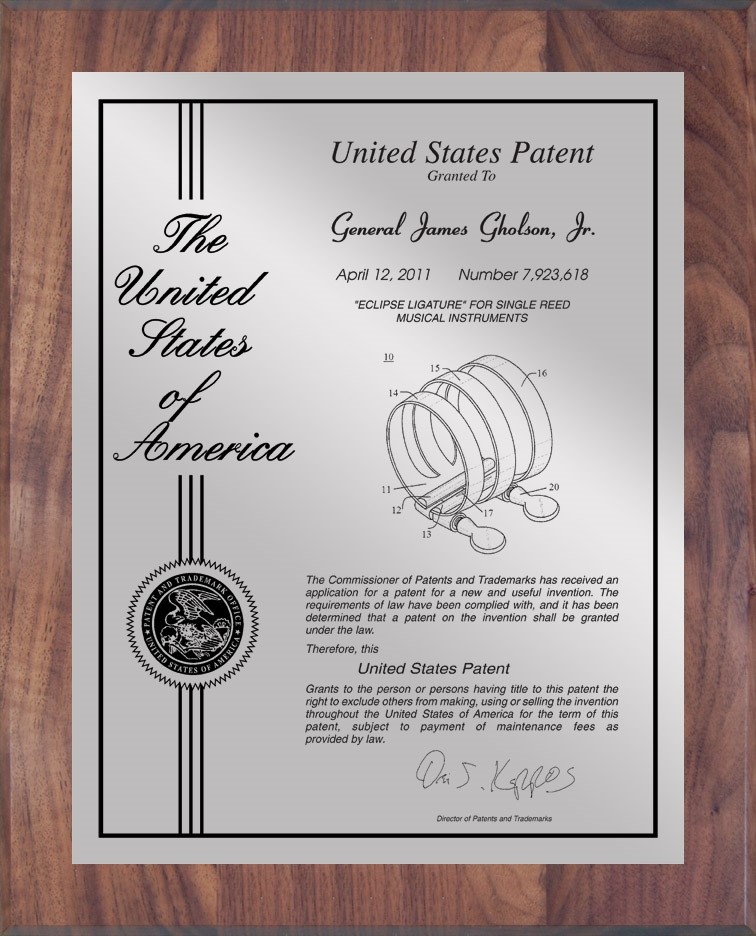
Figure 5: Patent Plaque (Image courtesy of PatentPlaques.com)
Certificates of Correction and Gold Seal Certificates of Correction
If errors are identified in an issued patent, a request for a Certificate of Correction listing the errors may be filed with the USPTO. There is a $100 fee if any of the listed errors resulted from a mistake made by the applicant.
When the USPTO issues a certificate of correction, a PDF of the certificate of correction can be downloaded from the USPTO’s PAIR system. The USPTO will also mail a Gold Seal Certificate of Correction, which is a printout of the certificate of correction with a gold embossed sticker. The Gold Seal Certificate of Correction creates an official appearance for jury presentation and is self-authenticating. It is a good idea to safely store the Gold Seal Certificates of Correction together with the Ribbon Copies for any future litigation.
You can contact the Certificate of Correction branch of the USPTO at CustomerServiceCoC@USPTO.GOV to obtain a replacement for the Gold Seal Certificate of Correction.
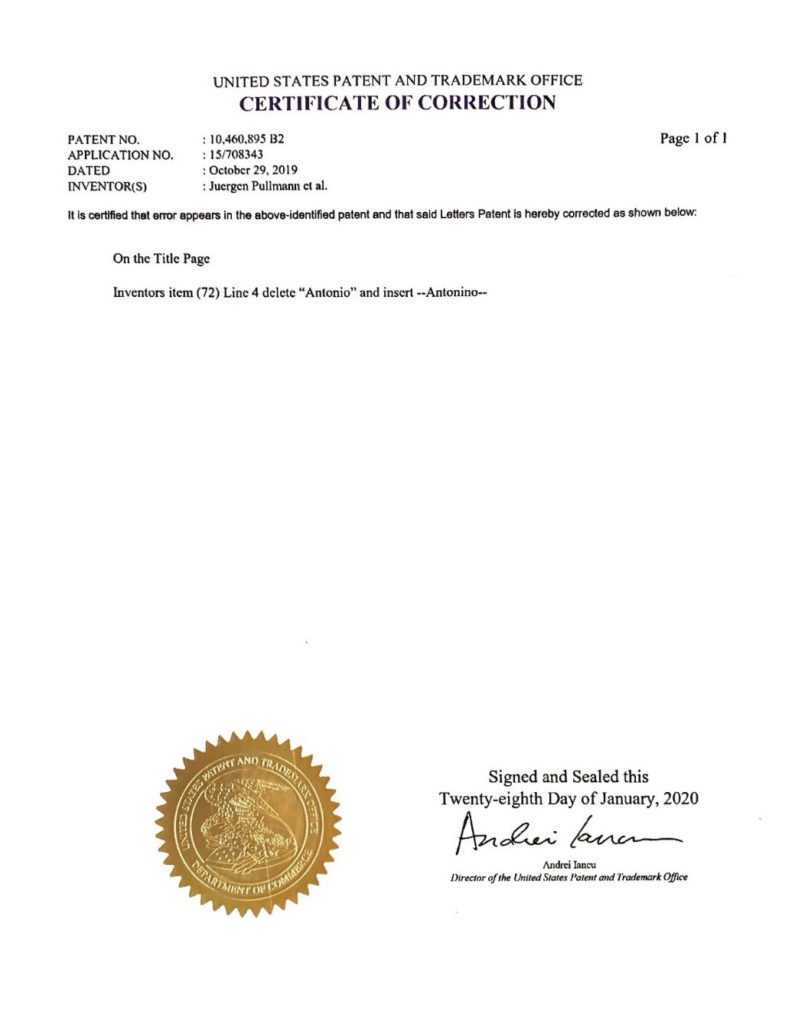
Figure 6: Gold Seal Certificate of Correction



































